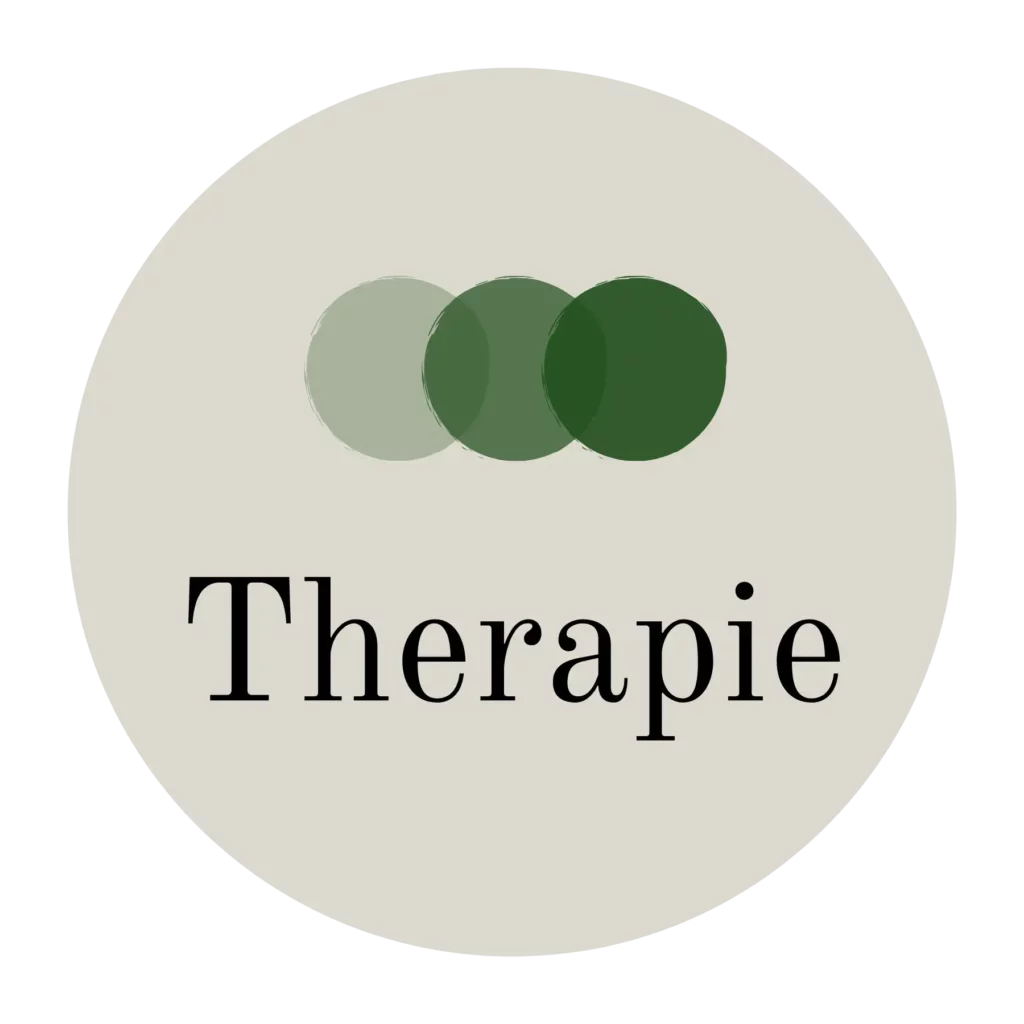
Attention-deficit/hyperactivity disorder (ADHD) is a neurodevelopmental condition that can affect both children and adults. The most common symptoms affect one’s attention, behavior, and emotional regulation. Although ADHD has common signs and symptoms, it is not a one-size-fits-all diagnosis. It can present in different ways depending on the individual.
The two main presentations of ADHD are the inattentive type and the hyperactive-impulsive type. A third type of ADHD, the combined type, includes traits of both of these. Understanding the differences between inattentive and hyperactive ADHD is essential for accurate diagnosis, effective treatment, and meaningful support.
Inattentive ADHD
People with inattentive ADHD often go unnoticed, especially in structured settings like an office or a classroom. People with inattentive ADHD won’t be as disruptive, which can make it harder to diagnose. Instead, they face their cognitive struggles internally. These are some of the most common symptoms of inattentive ADHD:
- Being easily distracted
- Daydreaming or zoning out
- Difficulty maintaining attention
- Forgetting about daily responsibilities or to-dos
- Having a hard time organizing tasks or following through
- Making careless mistakes often
- Misplacing or losing items
People with inattentive ADHD can appear to be shy, quiet, or unmotivated when they’re really just working hard to stay on track or be focused. Inattentive ADHD is more common in adults and females. This form of ADHD can sometimes be misdiagnosed as anxiety or depression.
Hyperactive-Impulsive ADHD
Unlike inattentive ADHD, hyperactive-impulsive ADHD is more apparent externally and can also be diagnosed a lot sooner, especially in young children. These are some of the most common symptoms of hyperactive-impulsive ADHD:
- Excessively talking
- Difficulty sitting still
- Fidgeting
- Interrupting others
- Making decisions without thinking
- Restlessness
- Speaking impulsively
Hyperactive-impulsive ADHD can be more disruptive, especially in group settings. This form of ADHD is more common in young boys.
Combined Type ADHD
Some people experience symptoms from both categories. Combined type ADHD typically includes at least five to six symptoms from both inattentive and hyperactive-impulsive ADHD. For example, if you’re experiencing combined type ADHD, you may struggle with focusing, organization, restlessness, and impulsivity.
The Impact
Despite their differences, all types of ADHD can negatively impact your professional life, personal life, relationships, and self-esteem. Hyperactive-impulsive symptoms tend to be more obvious, while inattentive ADHD often is misunderstood, overlooked, misdiagnosed, or undiagnosed altogether.
People on the outside looking in don’t realize that someone who has inattentive ADHD is struggling, so they might make assumptions, labeling them as being unmotivated, lazy, or spacey. On the other hand, people who have hyperactive-impulsive ADHD may be unfairly judged as being defiant or disruptive when they’re also trying to regulate their behavior and emotions.
Treatment Options
To properly diagnose ADHD, a clinical evaluation must be done by a licensed and trained mental health professional. The clinical evaluation involves interviews, a review of academic and personal history, and behavioral rating scales.
There isn’t a one-size-fits-all approach when it comes to treating ADHD. Various forms of ADHD are often treated through a variety of combined approaches. The specific treatment can be dependent on the individual’s unique challenges as well as the type of ADHD. These are some of the most common treatment options:
- Skills training
- Special accommodations in school
- Medication
- Therapy
Next Steps
ADHD is a diverse and complex condition. It doesn’t look the same for everyone. Even though there is some overlap between the symptoms of inattentive and hyperactive ADHD, the differences between the two are important.
Understanding the differences between the different forms of ADHD can help people get proper diagnoses, leading to better support. It can also help reduce stigmas surrounding the condition and help those living with it better understand themselves. Get in touch today if you’re interested in exploring therapy options for ADHD.

